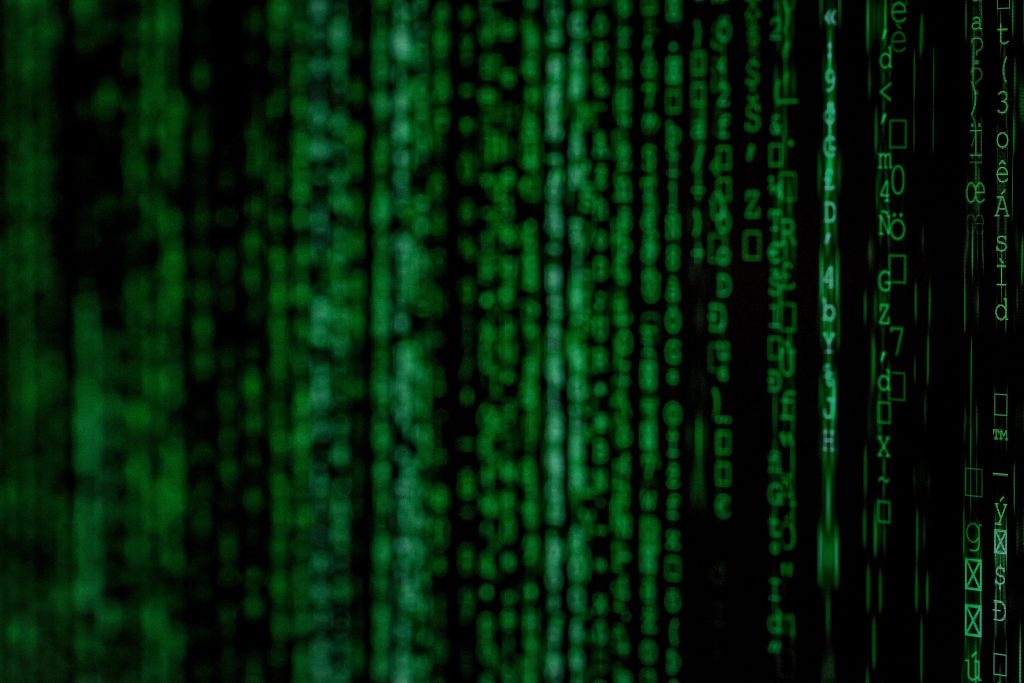
What is Virtualization?
The simple answer to this is replacing two or more physical servers with one Server. The virtualization technology today by vendors such as VMWare, Citrix & MICROSOFT Hyper-V, allows us to have one physical server but within that configure multiple servers, hence bringing down the cost of hardware ownership.
With the onset of cloud computing, companies such as Amazon, Google and Microsoft are now offering full virtualization in the cloud, which means you don’t even have to buy the hardware anymore but have them host the servers in their infrastructure for a monthly fee. This could easily cost more over the long run, but it has some advantages, such as being available during a disaster due to geo location of the servers and of course not having to ever purchase new hardware again.
In the past businesses needed to budget multiple server replacement at a heavy cost which put a financial burden on the revenue. Today, you spend a little more on one powerful server and configure it to run multiple servers such as your Login, accounting and email server all on one box.
There are of course pros and cons. It reduces the point of failure into one piece of hardware, but if that server is designed with full redundancy which allows for functionality, even after multiple failures, then you can safely reduce your risks. Together with a good backup, you will be able to run your business as smoothly as multiple servers. The key here is good hardware and smart redundancy.
Virtualization has allowed us to decrease our costs, increase our agility, increase time to market for new business applications and make changes more efficiently
What is Redundancy?
The famous Lockheed Super Constellation jet plane, affectionately known as the “Super Connie,” was called the “world’s finest tri-motor” in the 1950s and ’60s. Why? Although it was equipped with four large twin-row radial engines, one of them seemed to fail regularly.
Most modern Jet Airliners have two or four engines. The primary reason for this is failure. Most of these planes are designed to be able to continue flying safely on a single engine.
This is true for your data too. Let’s say your computer’s hard drive crashes. The hard drive is the location of all the data and the operating system that runs your system. This can result in your operation being completely or partially down. With redundancy, the systems (usually servers) will be setup with multiple hard drives that are configured in such a way to not only allow one or more drive to fail without the system crashing, but they can automatically recover providing a new drive was on standby and configured within the server.
Same applies to power supplies. An intelligently designed server will have multiple power supplies to allow continuous power, should one of them fail.
With smart alerting features, the system will notify us and we will be able to get the failed part replaced without any interruption to your business work flow. Basically as close to zero downtime as you can get!
Through products such as VMWare and Microsoft Hyper-V, you can now achieve these goals in multitude of creative ways through software too by replicating themselves to other servers.
To learn more about how visualization can help your company save money and run much more efficiently, please contact us.
PLEASE CONTACT US WITH ANY QUESTIONS YOU MAY HAVE OR
FOR A FREE CONSULTATION: CONTACT US
